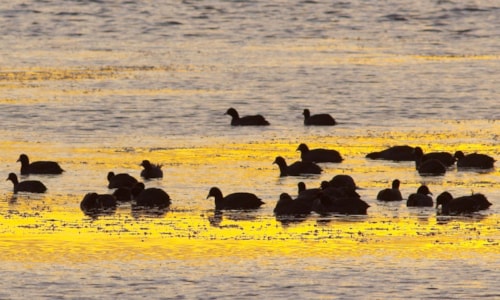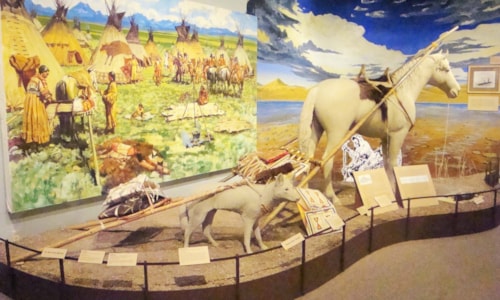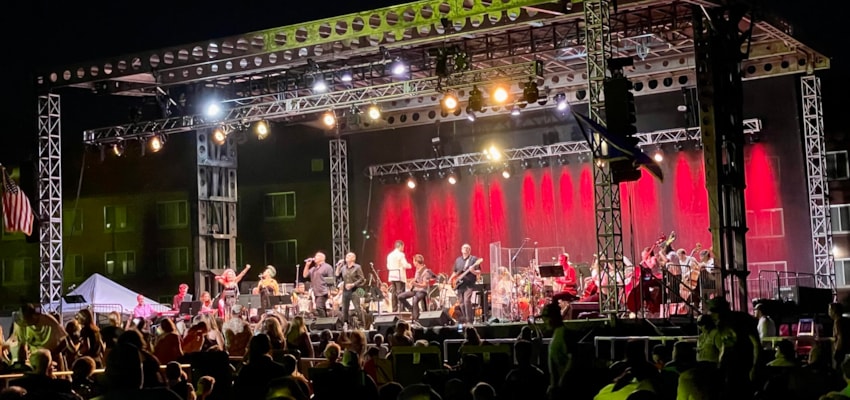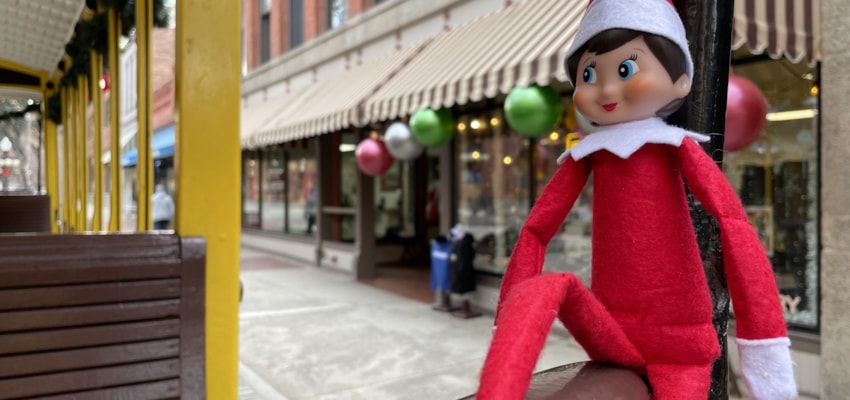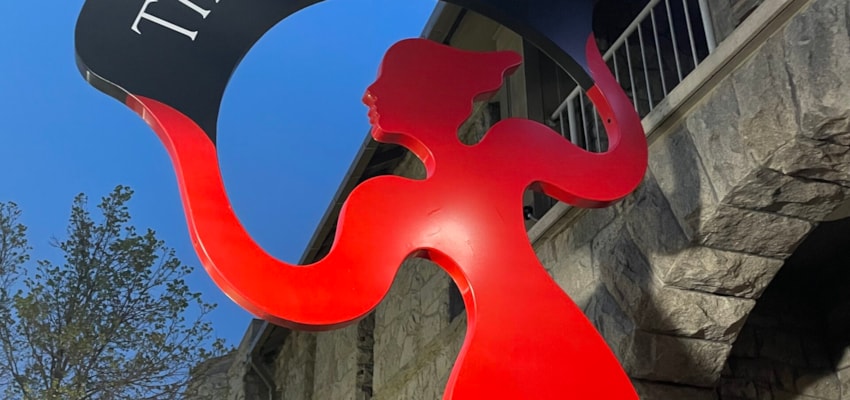Southwest Montana Christmas Traditions
Grant-Kohrs National Historic Ranch in Deer Lodge, Montana is one of the most unique properties being run by the National Park Service. Now, you may be thinking – I sat down to read a blog about holiday traditions and here we are talking about a historic ranch. At first glance this might not seem like the place one would find a cache of holiday traditions – but stick with us.

The 1860s in Montana were marked by the discovery of gold and an influx of miners looking to strike it rich. This is the same period as westward expansion due to the Homesteading Act of 1862. The west was rough, and the hardworking miners, cattlemen, and fur traders would build Montana, leaving a legacy of the Montana lifestyle. While the United States was being led by the likes of Abraham Lincoln, Andrew Johnson, and Ulysses Grant, Britain sat squarely in the Victorian Era (1837-1901) under the reign of Queen Victoria.
Queen Victoria was incredibly popular among her subjects and when her preferences were publicized, they would quickly become fashionable among both the British and American people. Many of the Christmas Traditions that have become commonplace today can be traced back to the Victorian Era.
A Victorian Christmas
A Victorian Christmas held family at the center. During this era, feasts for all income levels became popular, decorations would grace the house, gift giving was popularized, and entertaining was of the utmost importance for the holidays.

If you are anything like us, your interest into a Victorian Christmas has been piqued and you are now wondering about the individual traditions and why they became popular. Here’s a few of the most prominent traditions and their origins:
- It’s important to note the role of Charles Dickens’ “A Christmas Carol” which was published in 1843 played in the popularization and spread of the traditions of the Christmas festival. This novel brought Christmas Traditions into popular culture.
- The Christmas Tree
- Germany is credited with starting the tradition of the Christmas Tree, however even into the 1830s the tree was still seen as a pagan symbol separate from the Christian Christmas. The Christmas tree was not popularized until Queen Victoria and her family were published beside an evergreen tree decorated with small toys, candles, candies, fruits, ribbon and small gifts. Queen Victoria’s German husband, Prince Albert, brought a tree to Windsor castle in the 1840s and soon the tradition took off.

- Christmas Presents
- Again, gift giving was not a new practice introduced by the Victorians, but rather it was the affordability and accessibility that would lead to the popularity of this trend during the era. Children’s toys were usually handmade and therefore expensive. But the industrial revolution introduced factories and mass production, opening opportunities for the middle and lower classes.
- Christmas Decorations
- In 1881, London’s Cassell’s Family Magazine instructed the lady of the house: “To bring about a general feeling of enjoyment, much depends on the surroundings … it is worthwhile to bestow some little trouble on the decoration of the rooms.”
- Turkey Feasts
- Here’s what it boils down to – Turkeys are not native to England although they can be traced back to ~1520 in England having first been imported by Spanish Traders from the Americas. From their introduction, turkey gains popularity as a feast for the ultra-wealthy largely due to their scarcity and size. This tradition holds through the 1800s when we start to see a shift. The main cause of such high prices was that turkeys were being raised in Norfolk and because of the lack of refrigeration and lack of transportation, meat was difficult to transport across the country before spoiling. Once transportation options improved with the railway and refrigeration was invented, it became far more efficient to sell the birds, farmers increased their flocks, and turkey became more readily available. To top it off the seasonal nature of turkey farming meant that the turkeys were in their prime just in time for a Christmas Feast. “A Christmas Carol” and Cassell’s Family Magazine both suggested that an abundant turkey dinner was the Christmas ideal and again pushed this tradition forward.
- After digging and digging, I can say that if you are interested in the origin of turkey as a Christmas feast meal, the Library of Congress has a wonderful blog post.
Now, to understand the link between Grant-Kohrs Ranch and the Christmas Traditions of Victorian England, we have to look into the lives of the two men for which the ranch takes its name: Johnny Grant and Conrad Kohrs.
A Brief History of the Grant-Kohrs Ranch
Johnny Grant was a fur trader who would find himself on the Oregon Trail trading dressed skins, furs, moccasins and other goods for worn out cattle. He would take the weary cattle back to the Beaverhead Valley where they would recuperate on the pastures until they were healthy enough to be taken back south and traded for a greater number of worn-out cows. This process would be repeated time and again. Grant’s operation would be the beginning of the cattle industry in what was to become Montana. In 1959, Grant would build a permanent residence in the Deer Lodge Valley, having successfully wintered his herd there the previous winter. Grant would be an important influence in building the Deer Lodge community. In 1862, he would construct the large house that stands today as the centerpiece of Grant-Kohrs National Historic Site.

Fast forward to 1866 when Conrad Kohrs would enter the scene in Deer Lodge. Kohrs grew up in Germany and during his teenage years would find himself working at sea and then as a butcher before getting caught up in the excitement of the California Gold Rush. He struck out to make it rich, taking up mining claims and operating a butcher shop in the communities he joined in his search for gold. It quickly became apparent to Kohrs that the real money was in cattle and the butcher shops he was operating. Kohrs would go on to become one of the most prolific cattle barons; at one time shipping around 10,000 head of cattle to the Chicago stockyards annually. This empire began with the purchase of Johnny Grant’s property in 1866.
Holiday Traditions
Holiday Traditions were important for both the Grants and Kohrs. Granville Stuart recalled on January 1, 1862, that “Snowed in forenoon. Very cold in afternoon. Raw east wind. Everybody went to a grand ball given by John Grant … a severe blizzard blew up and raged all night. We danced all night. No outside storm could dampen the festivities.” For the Kohrs, Christmas Dinner marked the holiday, featuring a German stuffed turkey. But many family members most fondly remember the ornate Christmas Tree that was decorated with candles, small gifts and ornaments collected over the years.
In 1868, Conrad would marry Augusta Kruse Kohrs and the ranch house on the property would become her legacy and the focal point of our story. In fact, these Christmas Traditions were so important to the two families that each year the Park Service decorates the house using many of the Kohrs’ original decorations, set out a themed table, and give tours of the beautiful home. Each year the Park Service hosts the annual “Holiday Open House” for visitors. The event features horse-drawn wagon rides, tours of the Ranch House, an active Blacksmith Shop where you might just walk away with an iron candy cane, holiday crafts for the kids, sweet treats, and even a visit from Santa!


The park is open year-round, except New Year’s Day, Thanksgiving and Christmas Day. Watch Grant-Kohrs calendar of events for some of their most popular weekends including “Haying with Horses,” “Pumpkin Sunday,” and of course the “Holiday Open House.”
